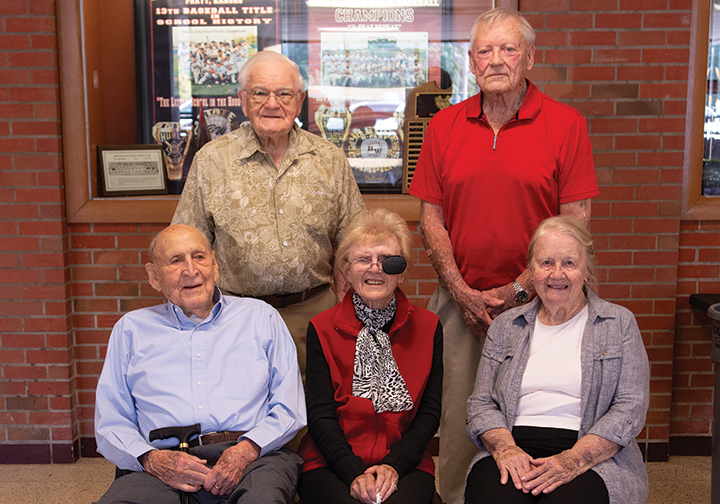
by Jill Ragar Esfeld
jill.esfeld@theleaven.org
KANSAS CITY, Kan. — I lived out in the countryside,” said Leo Mills, 1949 graduate of Bishop Ward High School here. “My dad had 80 acres. He would drop my older brother and sister and me off at 18th Street and we would walk to school.”
Classmate Mary Clohecy lived in the Quindaro area. Her parents were Catholic Volga Germans who immigrated to the United States from Russia and made Catholic education a priority for their children.
“My dad worked in construction so we moved a lot,” she said. “As soon as we moved here, they discovered Ward High School.”
Mills and Clohecy are two of five classmates who returned to their alma mater for a 75th reunion luncheon on Oct. 12.
“It has changed quite a bit,” said Mills. “When I went to Ward, tuition was $25 a year. And it was a struggle even then for my folks to pay $75.”
The Outburst
In 1949 there were no yearbooks, but the school had a newspaper called The Outburst that kept a record of student and school activities.
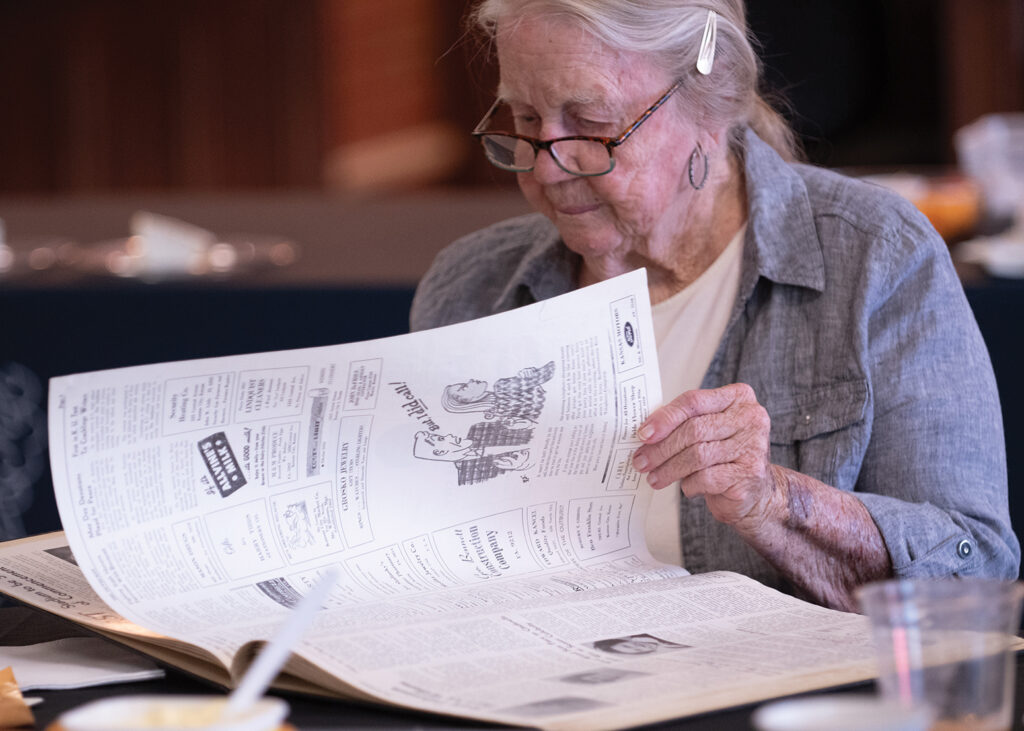
Current interim principal Greg Duggins found archived copies, and the class of ’49 had fun scanning the pages for news about themselves and classmates.
“I guess now the kids have more to do outside the school,” said Clohecy. “But for us, school is where everything seemed to happen.”
John Klein remembered playing trumpet in the band — “We played for the games, and I remember marching in the American Royal parades.”
Mills said he had fond memories of the glee club, drama club and prom.
“Back then, prom was a big thing,” he said.
All their classes were taught by religious, and Mills gives them credit for his future success. He got degrees from Donnelly College in Kansas City, Kansas, and the University of Kansas, eventually landing a job as an industrial engineer for the Ford Motor Company.
He was inducted into the Donnelly Hall of Fame in 2021.
“My greatest accomplishment, I think, was my Catholic education,” he said.
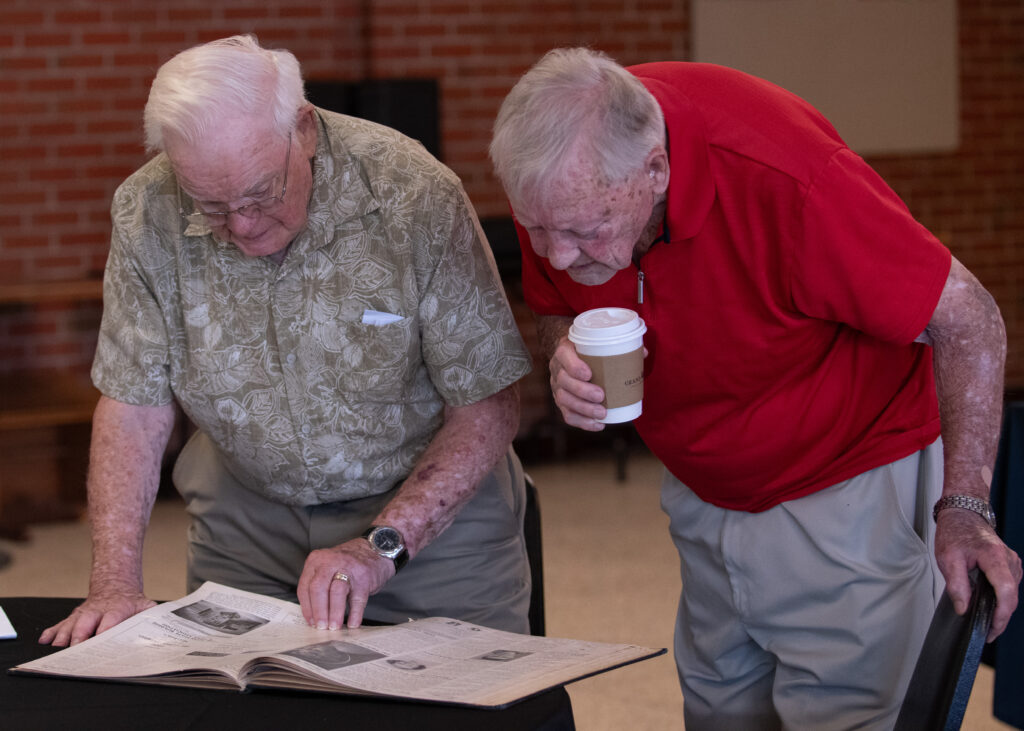
Surprising for a girl in 1949, Clohecy remembers playing sports. She praised the Catholic school system for sponsoring CYO volleyball and basketball for girls.
“I always thought the Catholic schools were a little bit ahead of the public schools,” she said, “because I don’t think the girls in the public schools had any sports.
“I played basketball, and I remember the two guards couldn’t go past the center line back then.”
Changing times
Bishop Ward was integrated in 1947. Classmate Rita Dwight was the first black student to attend the school, and fellow students remember how difficult that time was for her.
“I can remember Rita,” said Mills. “There was so much racial hatred. She wasn’t treated well.
“I felt bad for her.”
Trying to contact Rita about the reunion, Klein reached out to her brother Ed Dwight who also graduated from Bishop Ward and went on to become the first Black American astronaut.
Klein discovered that Rita is now in memory care. But he was treated to a firsthand account of Dwight’s recent venture into space on Blue Origin’s New Shepard NS-25’s mission.
“Ed said it was quite a surprise when he lifted off; there was a big explosion and then another explosion and he was in space.
“He said it was such a beautiful sight and it’s too bad everyone can’t experience that.”
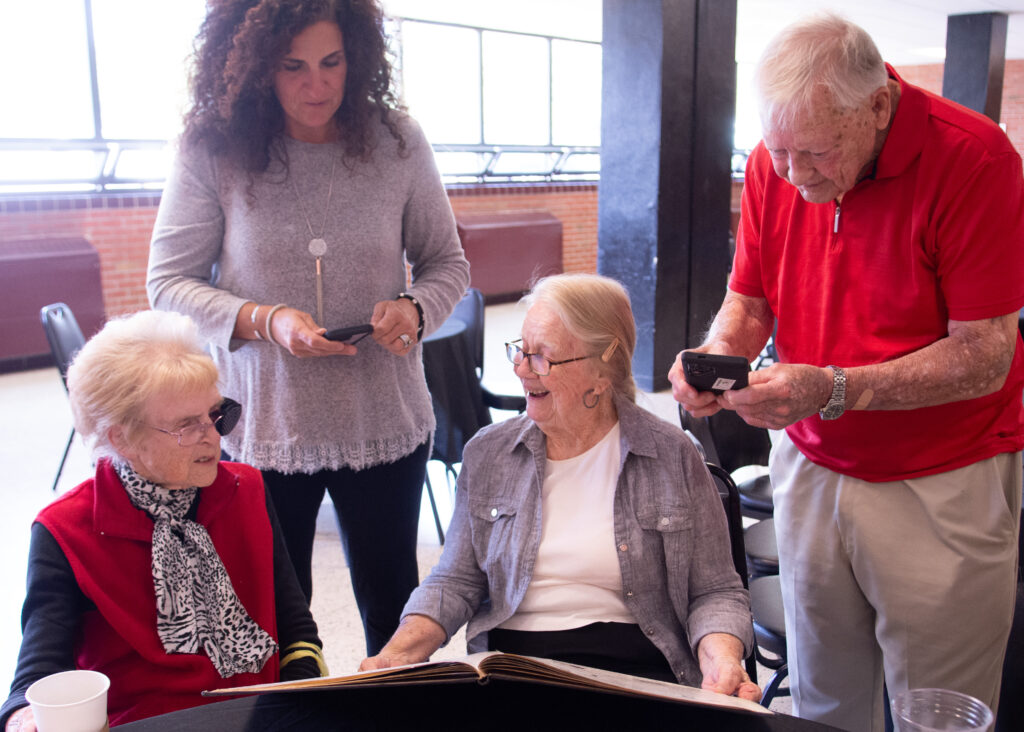
Many changes have taken place since 1949, particularly within the Catholic Church. And these almost-centenarians are grateful for them.
“English is where it’s at!” said Clohecy, who doesn’t miss the Latin Mass.
She also thinks the religious are more approachable now than in her day.
“I think kids feel more comfortable talking to their priests,” she said. “They were kind of awesome to us, more standoffish.
“I think they get to know the people now and are friendlier.”
Mills knew Latin in his youth, but he also likes the English Mass and especially the sign of peace.
“We need more of that in the world today,” he said.
Simpler lives
Even though they lived through a world war and the beginning of the atomic age, these former students remember their high school years as peaceful, simple times.
“Kids nowadays have to make so many decisions that we didn’t have to,” said Clohecy. “It was all cut and dried. We made our own little fun.
“Our life was more carefree.”
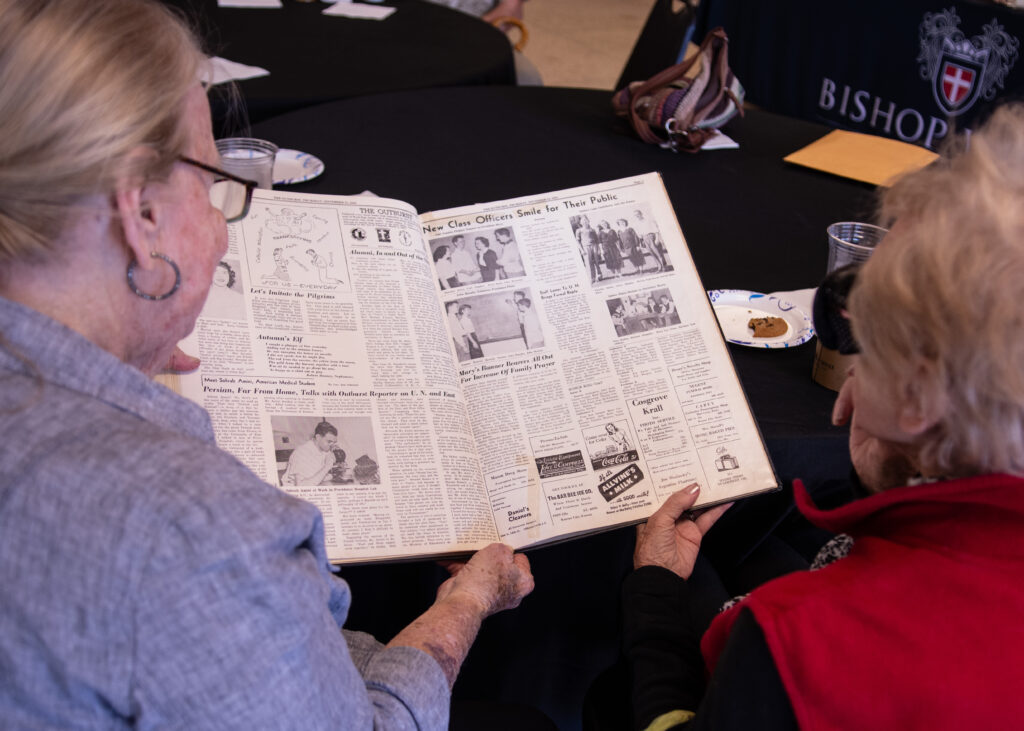
Mills agreed.
“Well, I was kind of a farm boy,” he said, “but people never locked their doors back then.
“You could drive down to Kansas City and if there were a couple of girls walking on the sidewalk, you could say, ‘Hey, you want to go for a Coke?’ and they would.
“Nowadays, that doesn’t happen; the world has changed too much. There’s too much hatred.”
All the graduates acknowledged the internet and cellphones as great innovations. But they also see how much those inventions have changed human connection.
“My grandchildren are always on their cellphones rather than talking,” said Anita Strumillo. “What a change! People don’t communicate.”
A little advice
When asked how to live a long life these graduates had lots of suggestions.
“Hard work,” offered Mills. “The work ethic back then was a lot different than it is now. I started milking cows when I was 8 and I worked in the hay fields.
“And even after working for Ford for 38 years, I went to work for the IRS.
“You’ve got to stay active to reach old age.”
Clohecy attributes her long life to genetics; her mother lived to be 97. But she also walks on a treadmill and keeps her mind sharp playing bridge.
“I’m just lucky I guess,” she said. “To me, if you’ve still got your mind — why, that’s where it’s at.”
Klein had the simplest formula for longevity.
“How do you live a long life?” he asked. “You have more birthdays!”

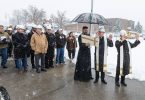
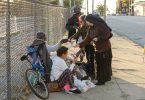
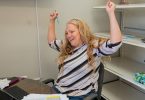
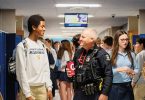
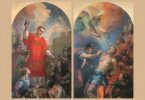
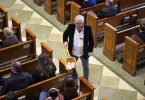
“Current interim principal Greg Duggins”
Is Duggins the interim principal or is O’Brien the principal?